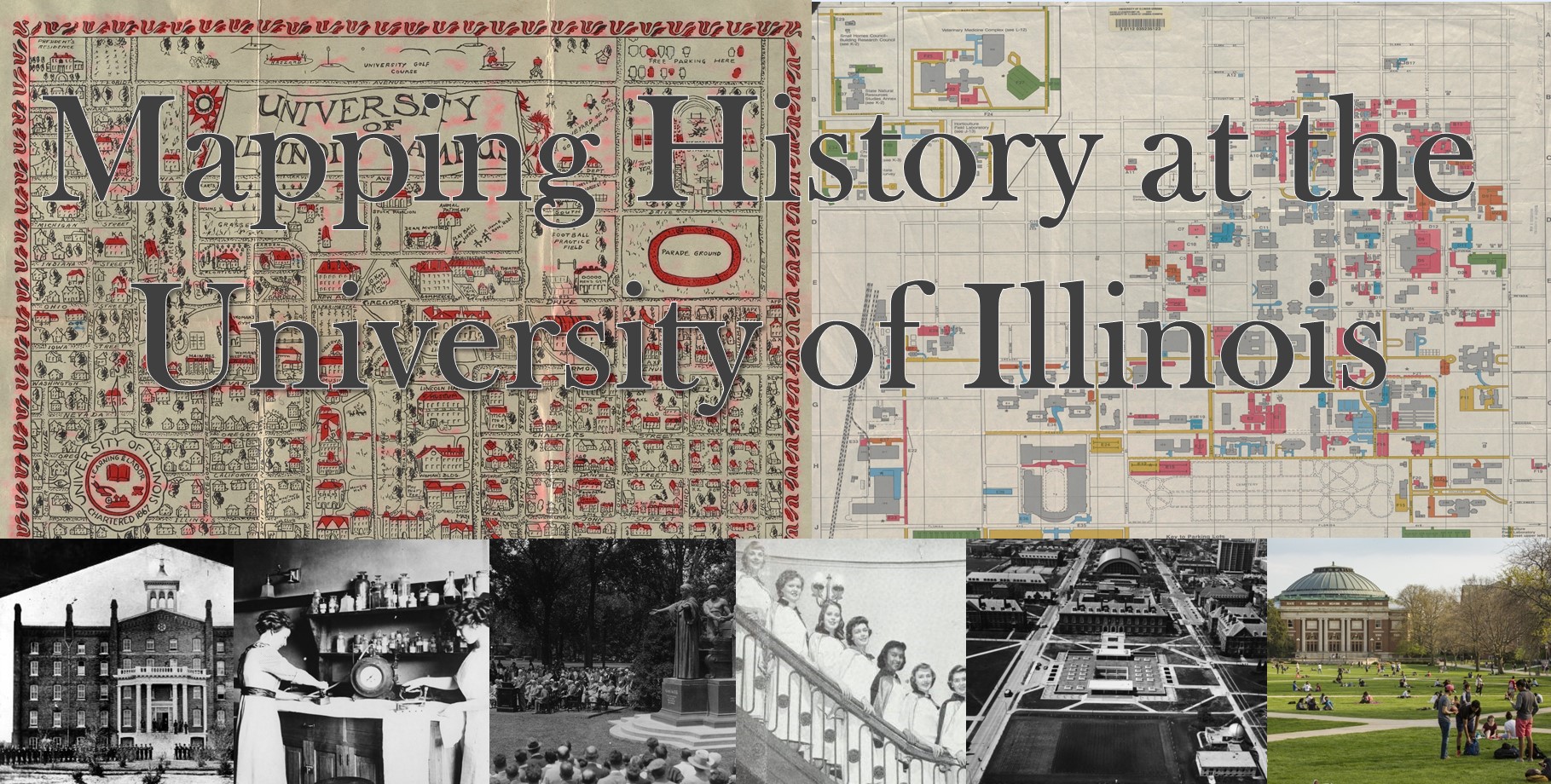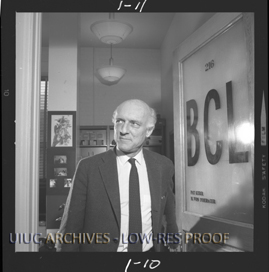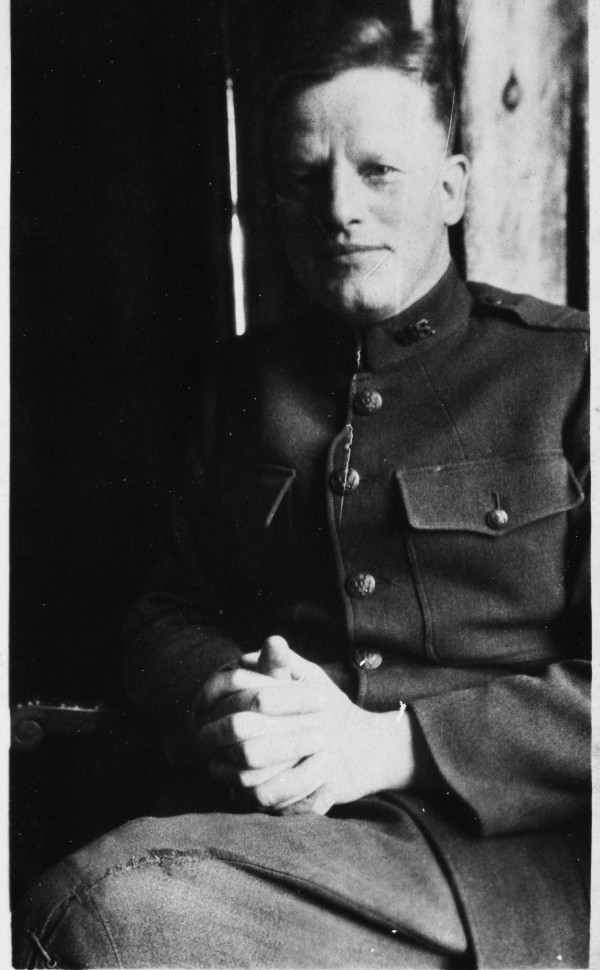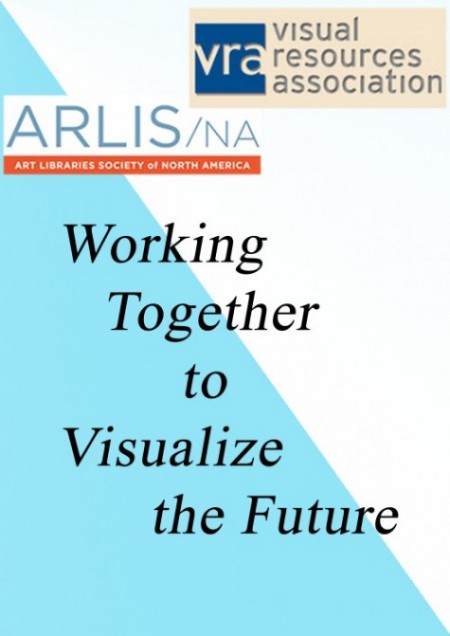In June 1948, Alta Gwinn Saunders boarded a plane for New York, in order to speak with her publisher about a third printing of her book, Effective Business English, and then to travel on to the seventy-fifth annual Delta Gamma convention. She had been a faculty member at the University of Illinois for thirty years and a full professor for ten. In addition, she both edited and wrote for The Anchora and was nationally recognized as a founder of the field of business communication. Her plane never arrived, crashing near Mount Carmel, Pennsylvania, and killing all aboard. Saunders’ death left the University of Illinois, Delta Gamma, and the wider academic and business communities “shocked and saddened.” [1]
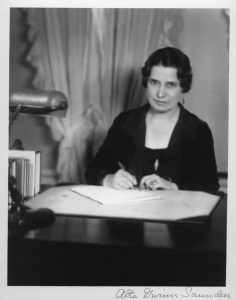
This past July, the University Archives received a copy of the second (1939) edition of Effective Business English as a part of a routine records transfer from the Gies College of Business. Although the title may seem a bit dry, it is truly quite intriguing. The book’s content draws readers into an era of business both foreign and familiar. Saunders’ book, first published in in 1925, is aimed at teaching “the business correspondent to use written English as a powerful, effective business tool” [2] through an exploration of the nature of business correspondence and its reliance on a knowledge of culture. She wrote:
A knowledge of human nature is the basis of sympathetic understanding. It helps a correspondent to write in some degree as if he were face to face with a person. It enables him to talk to a reader; not down to him or at him. [3]
The text is filled with examples of business letters and reports, illustrations of “attractive letterheads,” and practical insights into the principles and characteristics of business writing. Saunders remarked that “custom and manner can be acquired only by being exposed to them through reading good letters.” [4] A product of their time, some example letters in Effective Business English read much like a foreign language to modern audiences, giving insight into a world of personalized, direct-by-mail sales:
Dear Miss Smith:
Never have we been more excited about new millinery fashions than we are right now! They’ve never been so dramatic, so inspired, so different–and with it all–so wearable. And never has your hat been more important as a definite part of your ensemble–asa bold accent of color, perhaps, to lend your costume spice. Its selection, therefore, is a matter of thought and consideration Leschin’s is well able to render.
Just to give you a birds eye view of our spring millinery selection, we are sending these sketches to you. We hope they’ll intrigue you enough to make you come in and let us find YOUR hat for you. For whether you plan to look tailored or acquire the devastatingly feminine Margot look, we have the perfect hat to complete your costume picture.
You’ll note two very amazing things, too–that you may pick up a casual little hat for as low as $7.50–AND–you may have an exclusive model made in our workroom for as little as $12.50–and that IS news!
Even if you are not ready to select your hat now–won’t you come in and let us show these new things to you, while our collection is so complete? [5]
Still, there is a timelessness to many of Saunders’ lessons. She emphasizes clarity and conciseness, use of positive suggestion, attention to use and overuse of slang, and general courtesy. Saunders’ work remains the foundation of business communication practices today, underscoring basic principles of business conduct through a command of “good English.”
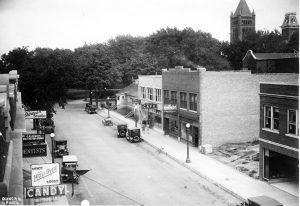
An accomplished businesswoman and prominent academic, Saunders made her mark on the university as a determined scholar and educator. She earned her Bachelor’s (1907) then Master’s (1910) degrees in English and later returned to the university as an Instructor of Business English in 1918. Having successfully helped run a household of four sisters, founded the Delta Gamma sorority, opened and managed The Green Teapot tea room, and co-managed the Flat Iron Department Store, Saunders’ practical business experience was both diverse and exemplary. [6] By 1925, she had been appointed as an Associate Professor of Business English and ten years later, she helped found the American Business Writing Association (later renamed the Association for Business Communication). In 1938, at a time when women were almost universally shut out of the upper levels of academe, Saunders’ accomplishments earned her promotion to the rank of Full Professor.
Saunders’ legacy can perhaps best be summed up in these closing words from her 1925 book, Your Application Letter:
The world is just as much yours as it is any one’s else and for most people success depends upon concentration, combined with intelligent and persistent effort. [7]
A description of the full collection, Alta Gwinn Saunders Publications, 1929-1951 (Record Series 9/2/27), is now available. For more information on Alta Gwinn Saunders, her achievements, and publications, visit the University Archives and browse her file in the Alumni and Faculty Biographical (Alumni News Morgue) File, 1882-1995 (Record Series 26/4/1), or contact the archives for information on requesting access to her file in the Staff Appointments File, 1905-2001 (Record Series 2/5/15).
[1] Spindel, Carol, “Alta Gwinn Saunders: The Invention of Business English,” The University of Illinois: Engine of Innovation, ed. Frederick E. Hoxie, (Champaign, IL: University of Illinois Press, 2017), 66. https://muse.jhu.edu/book/49860.
[2] Saunders, Alta Gwinn, Effective Business English, 2nd edition, (New York: The MacMillan Company, 1939), v.
[3] Effective Business English, 19.
[4] Effective Business English, 26-7, 33.
[5] Effective Business English, 232-3.
[7] Saunders, Alta Gwinn, Your Application Letter, (Urbana: University of Illinois Supply Store, 1925), Conclusion.
